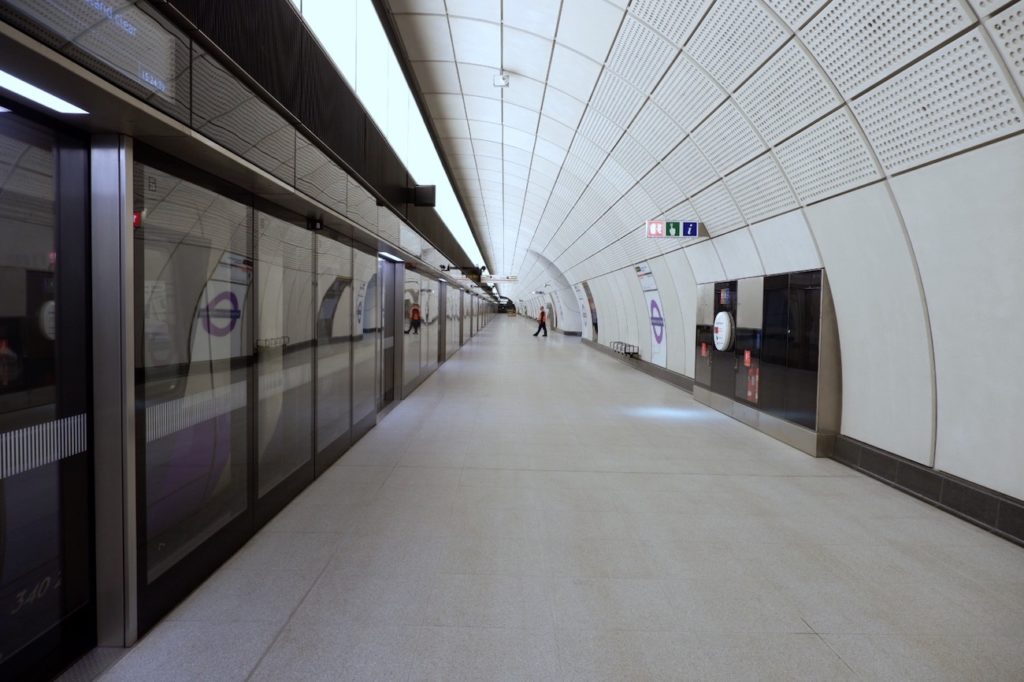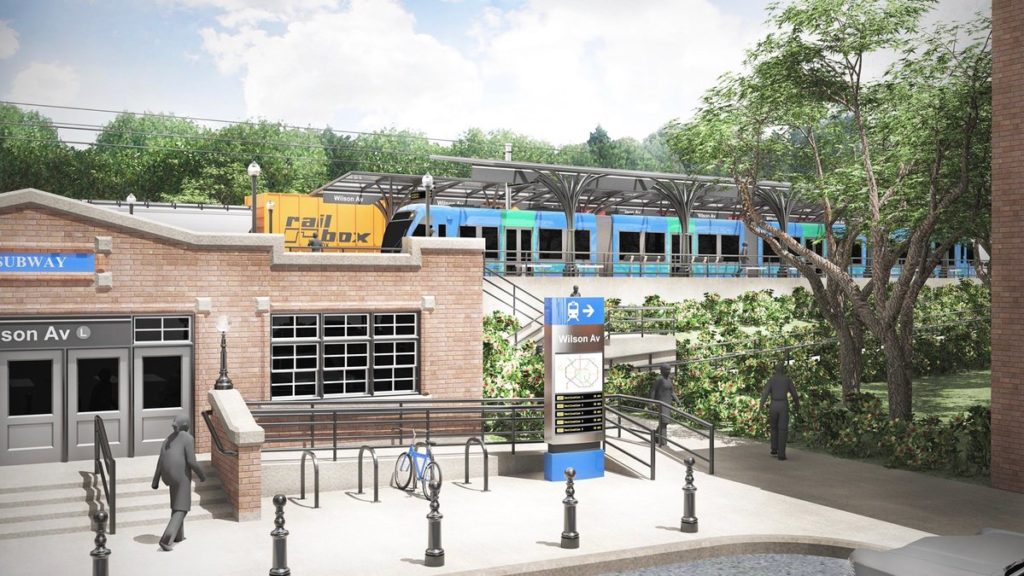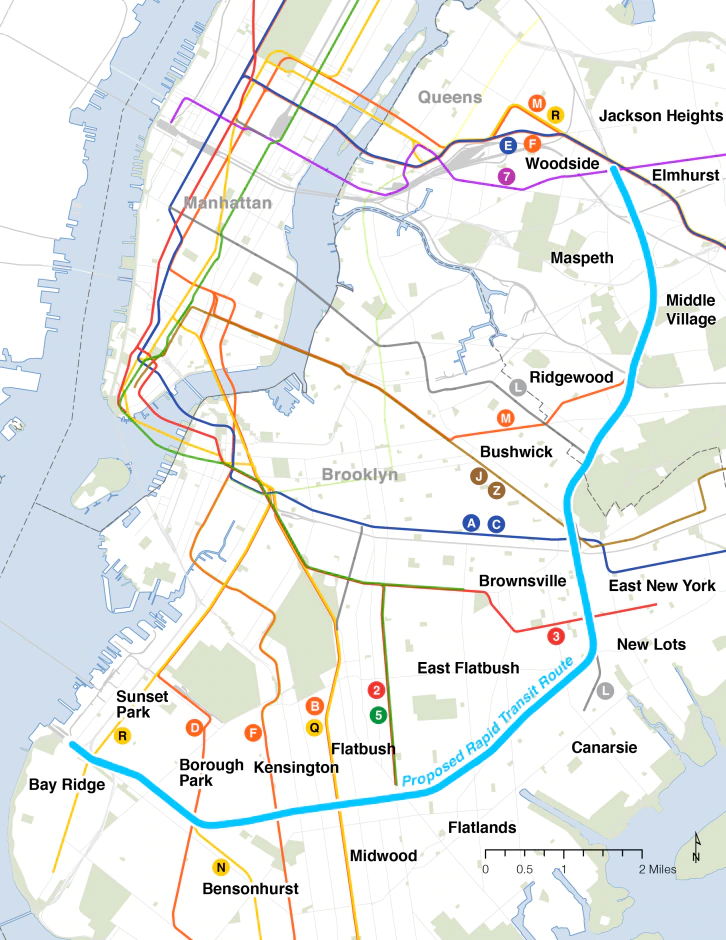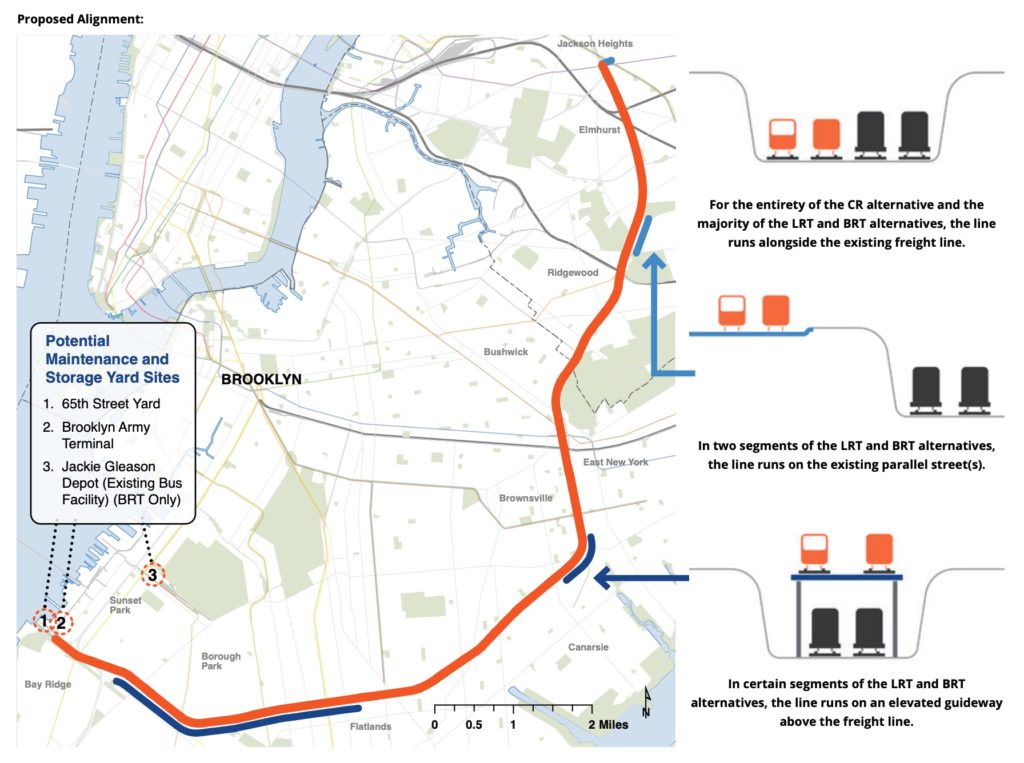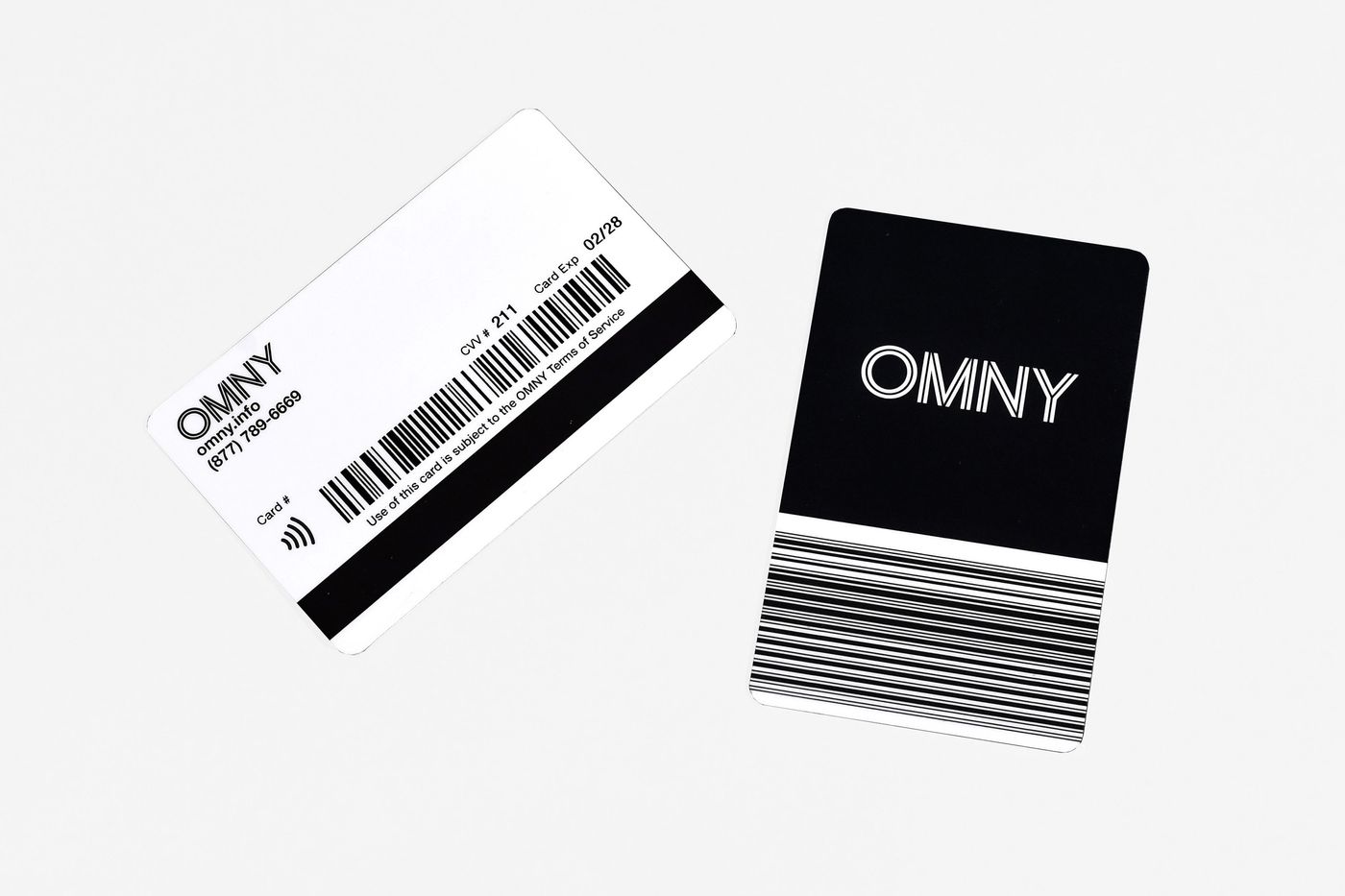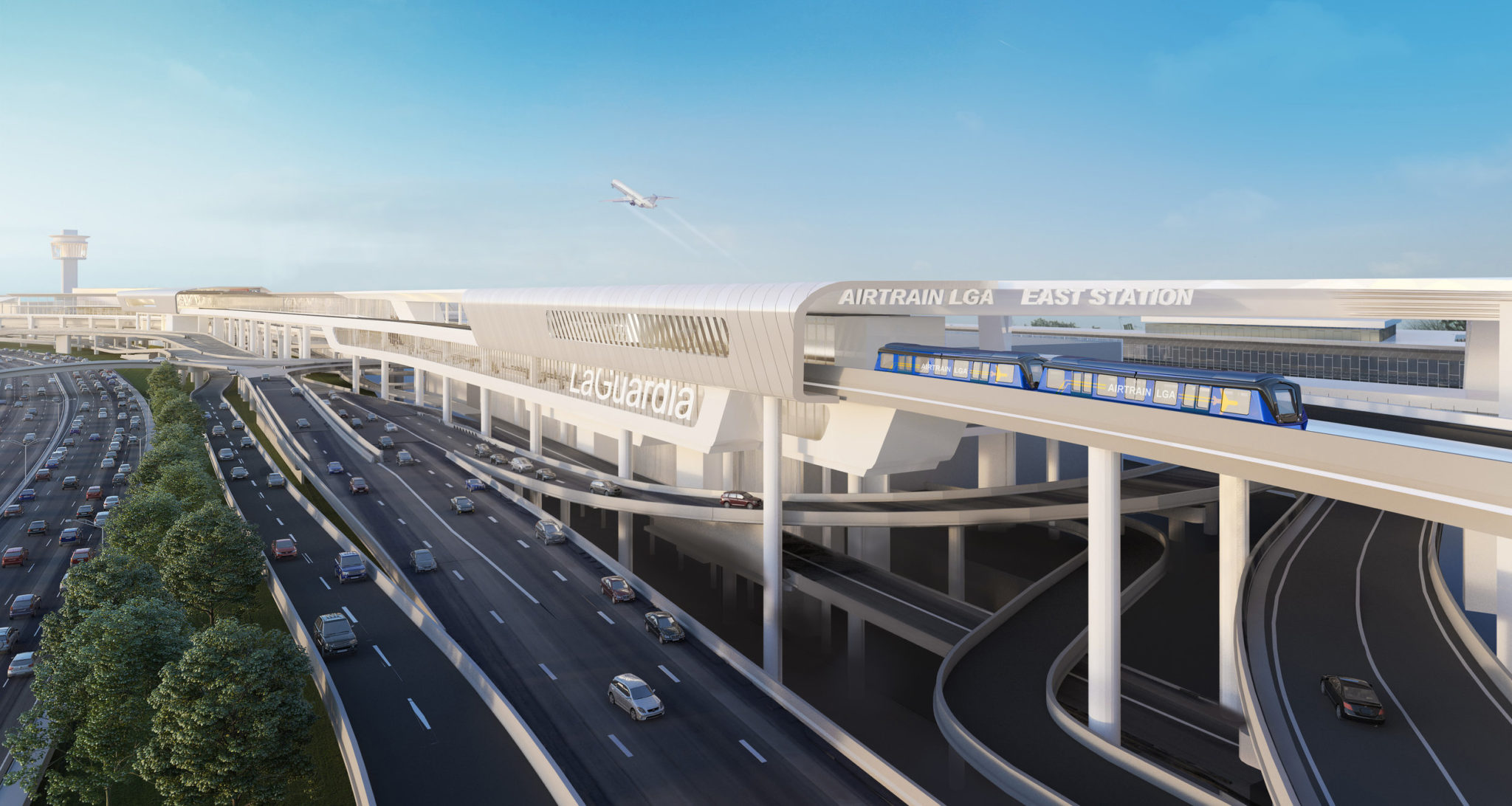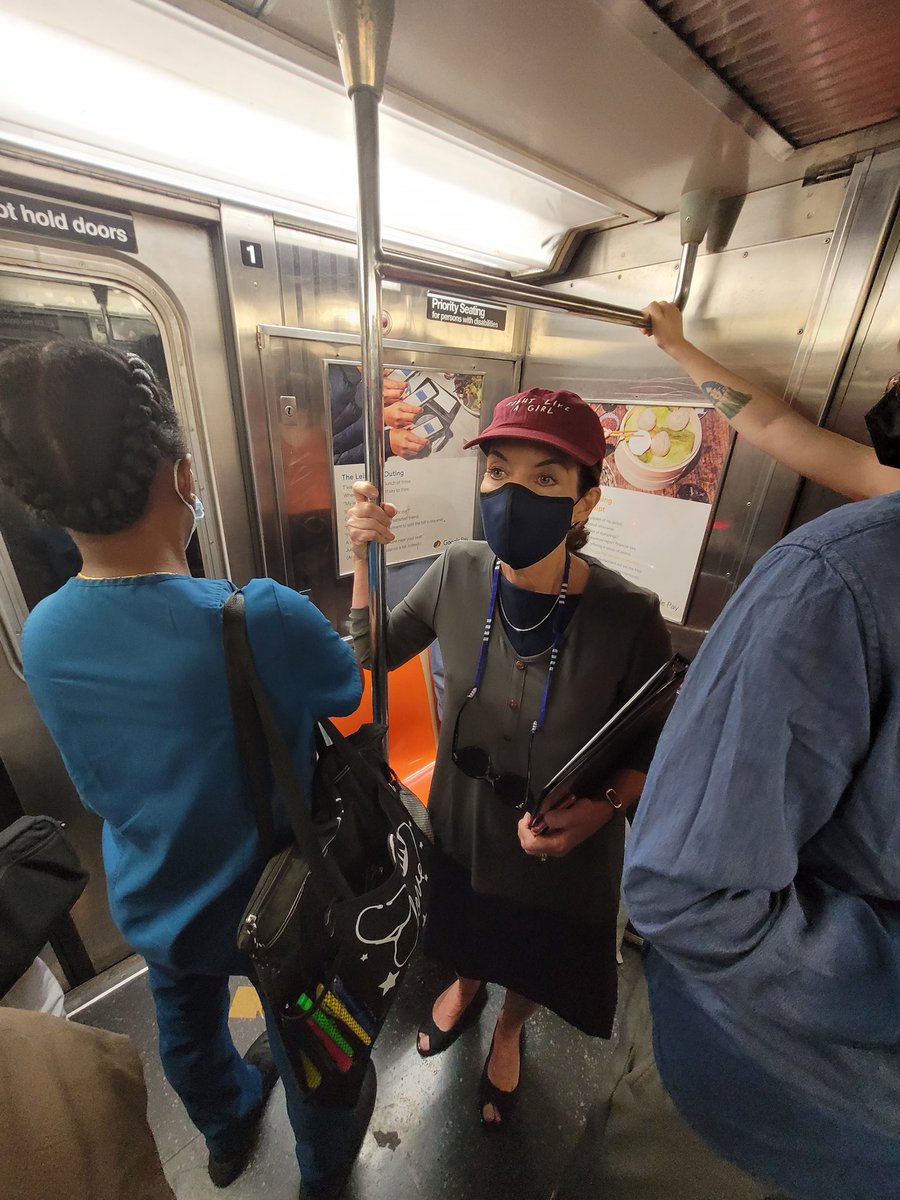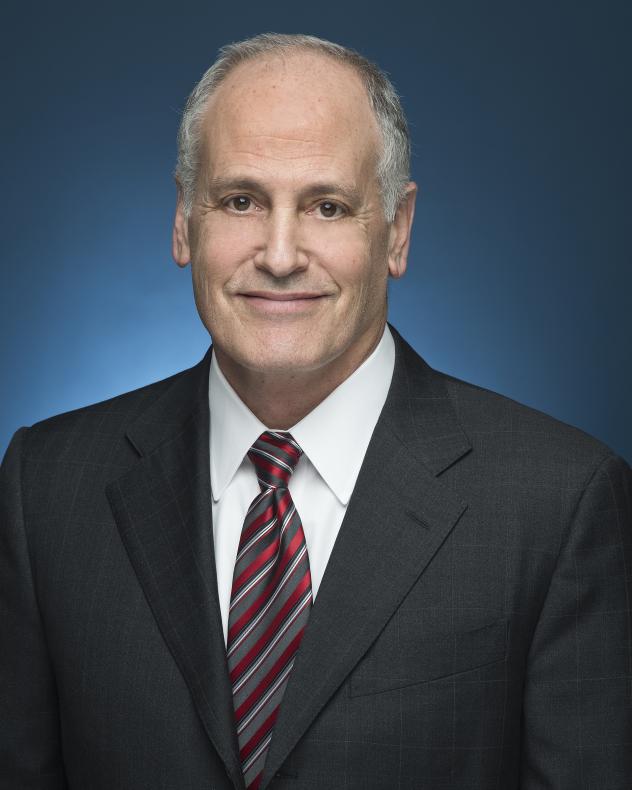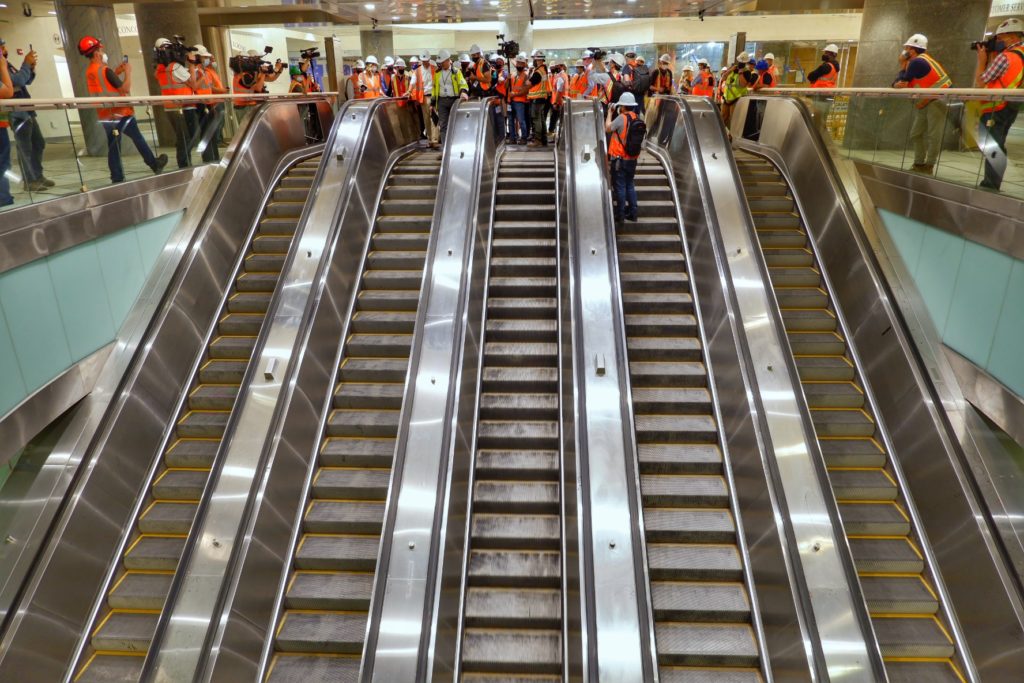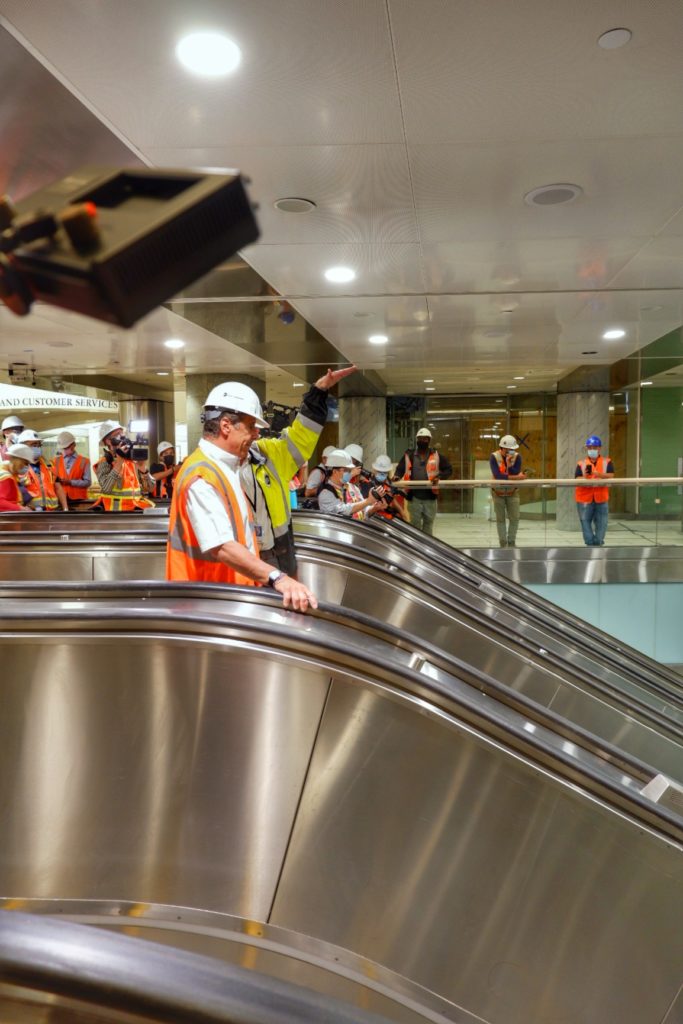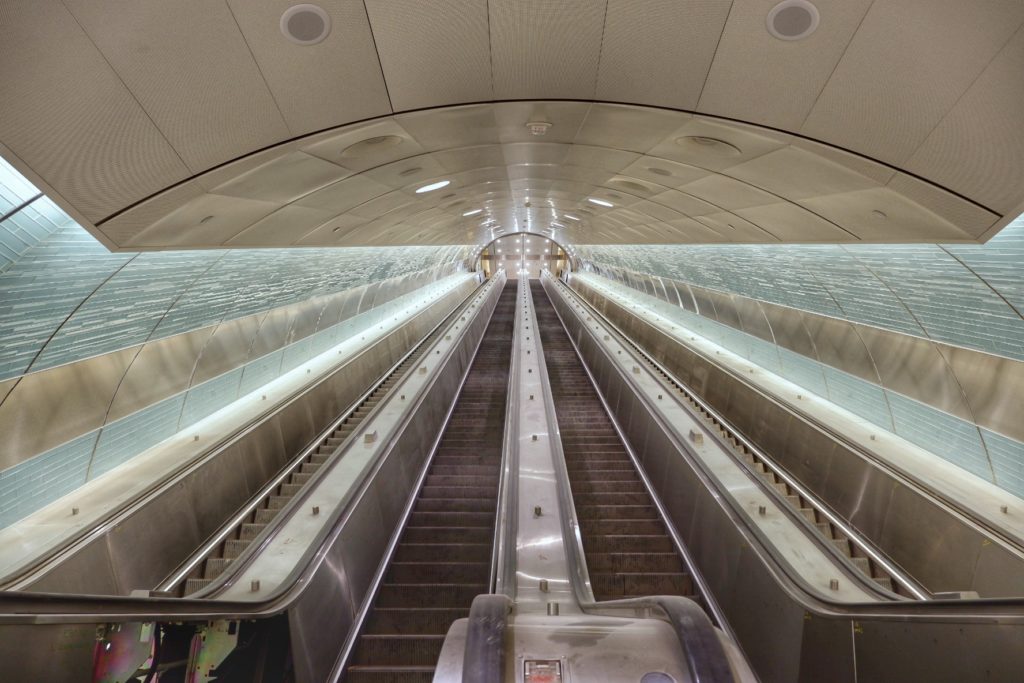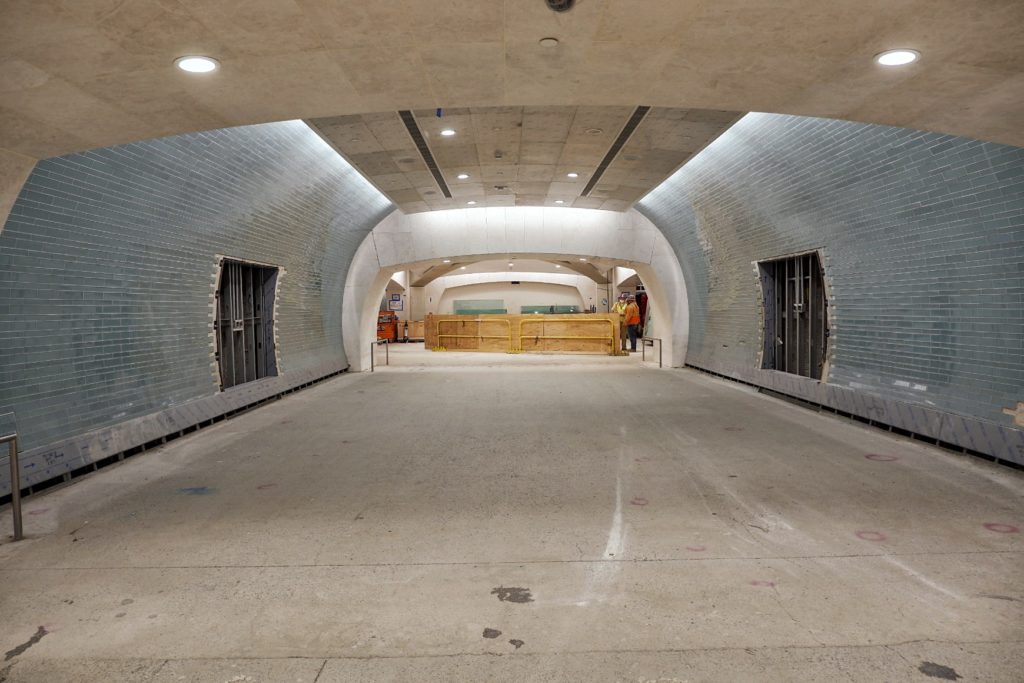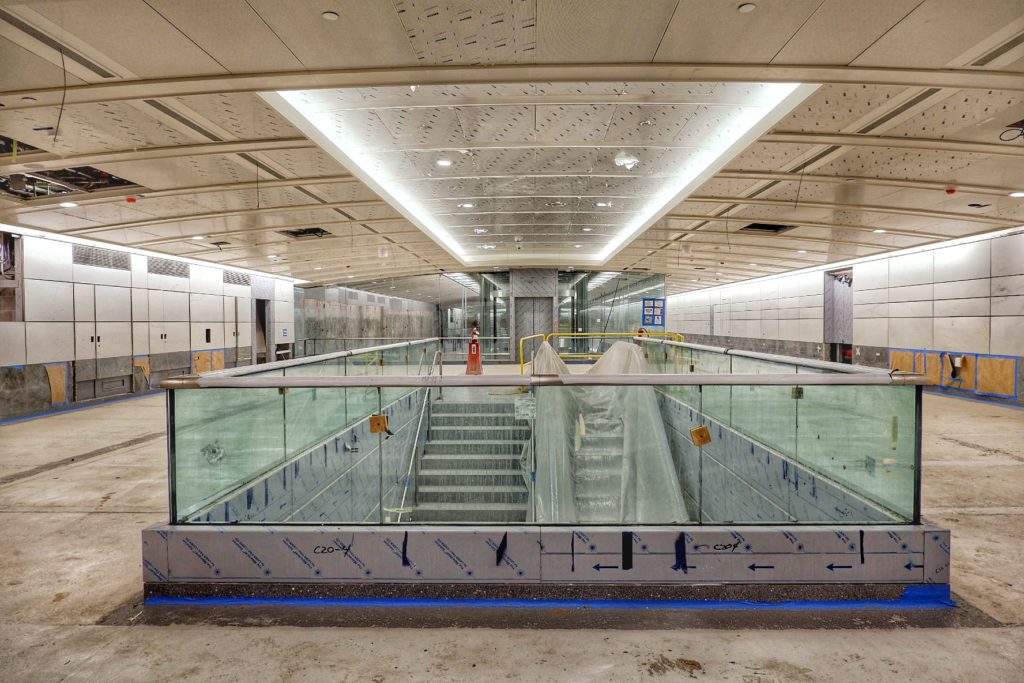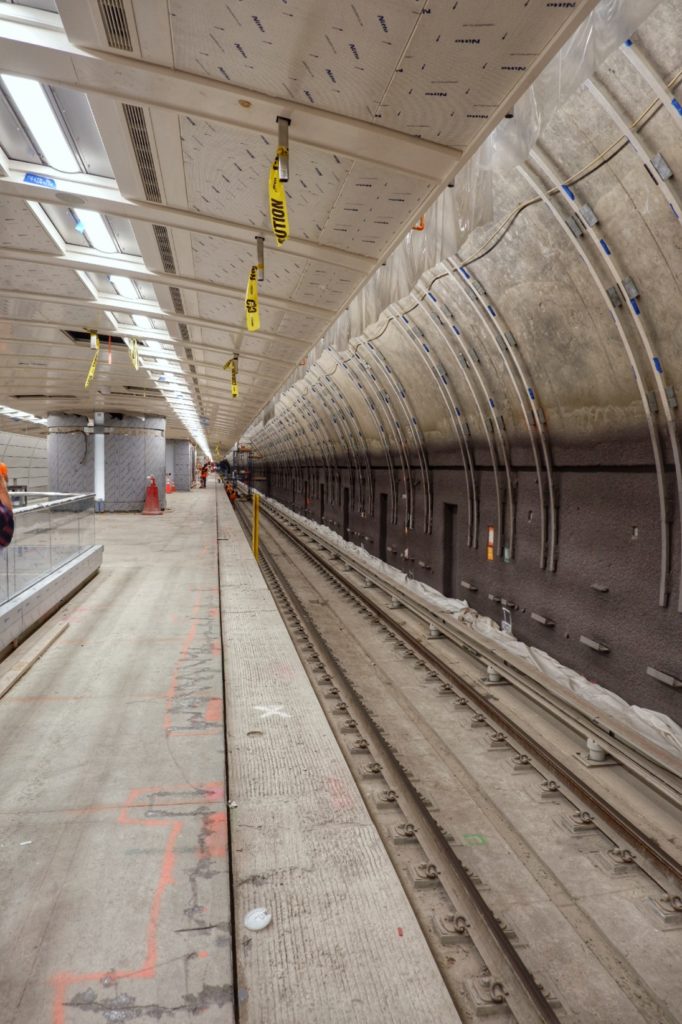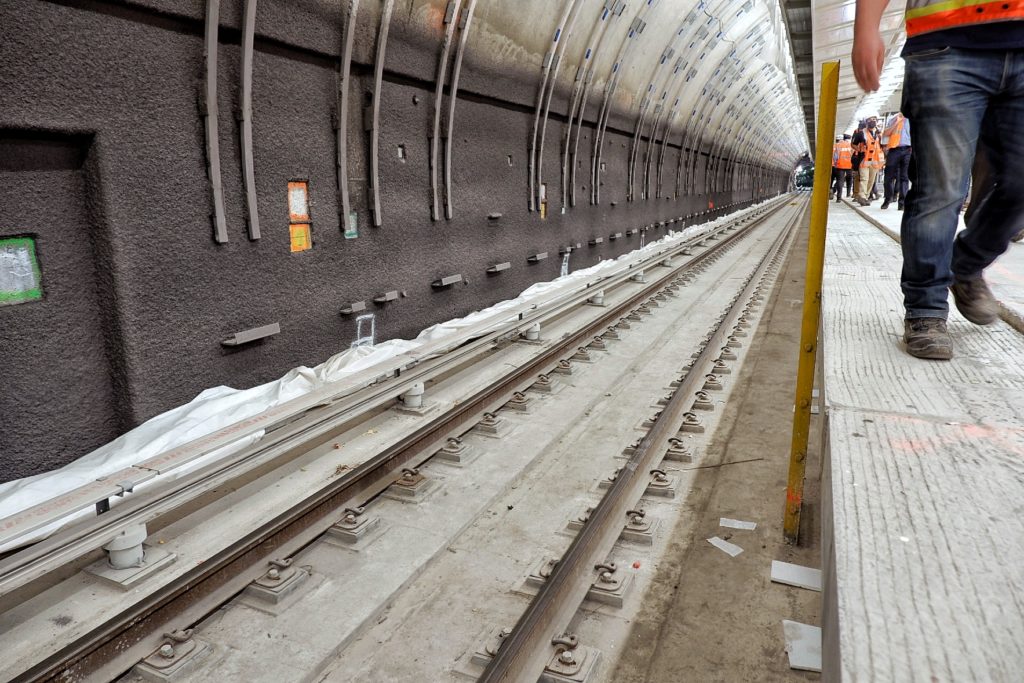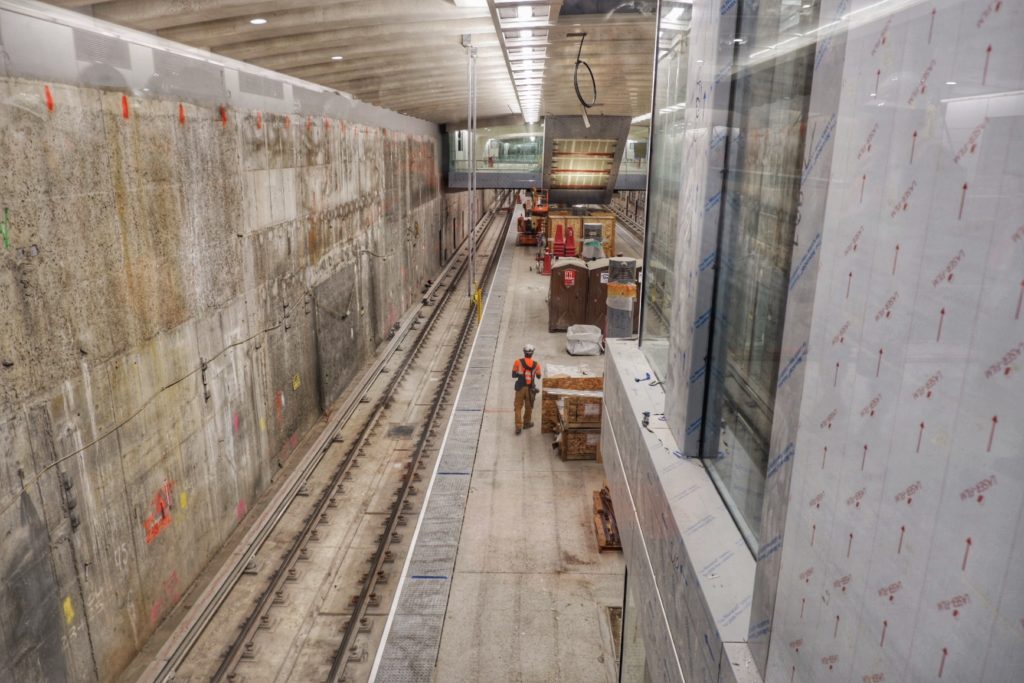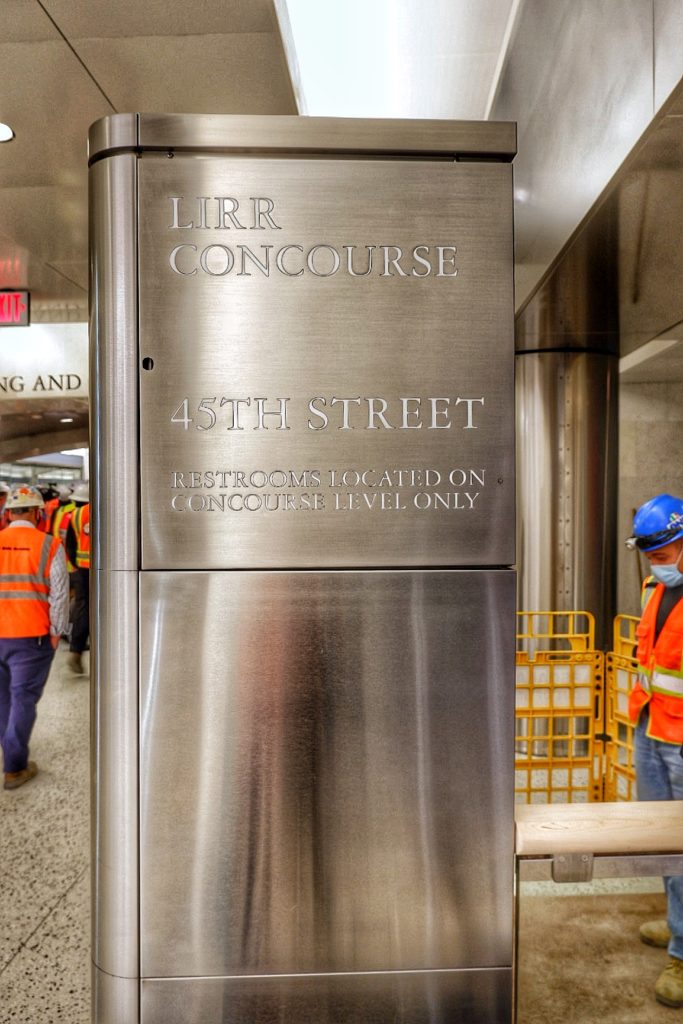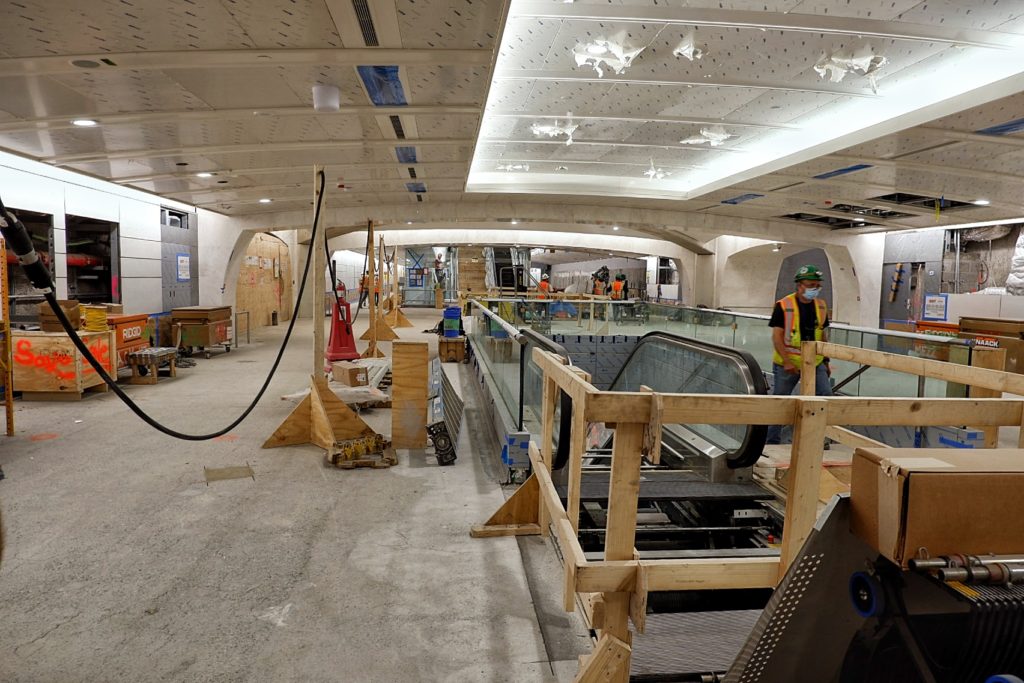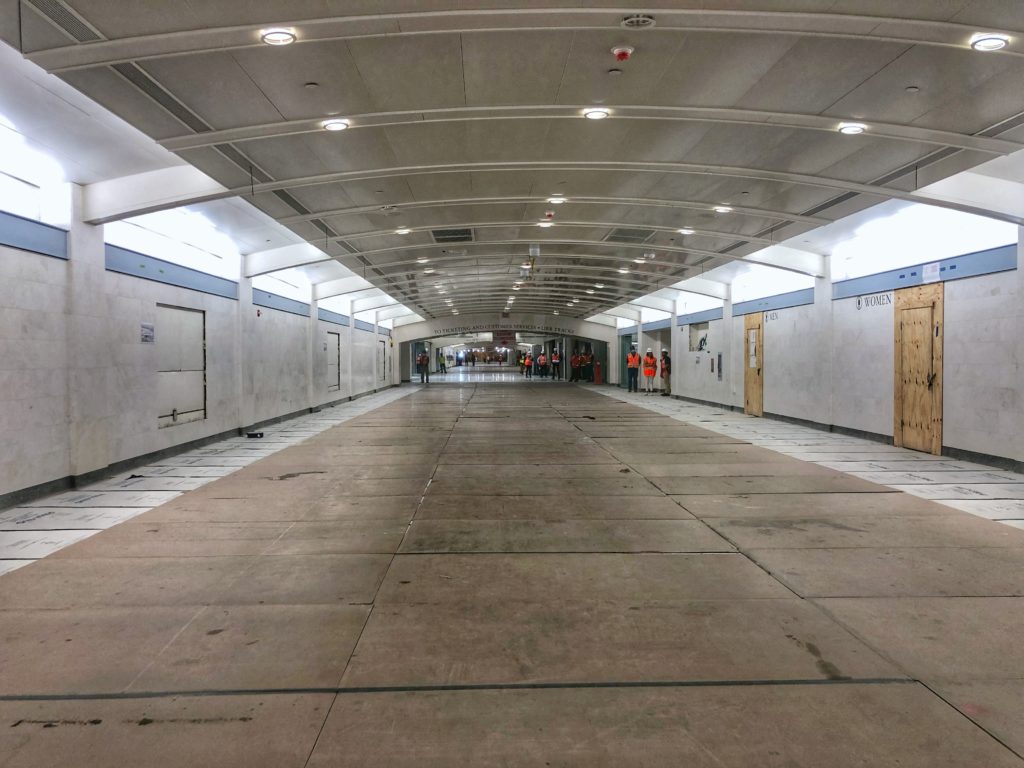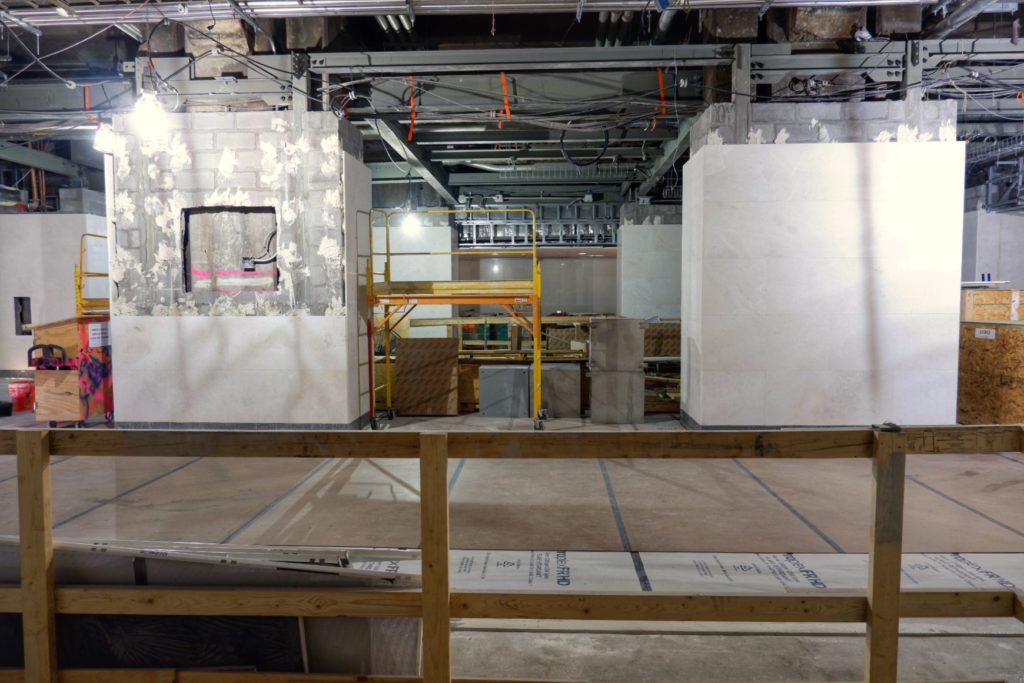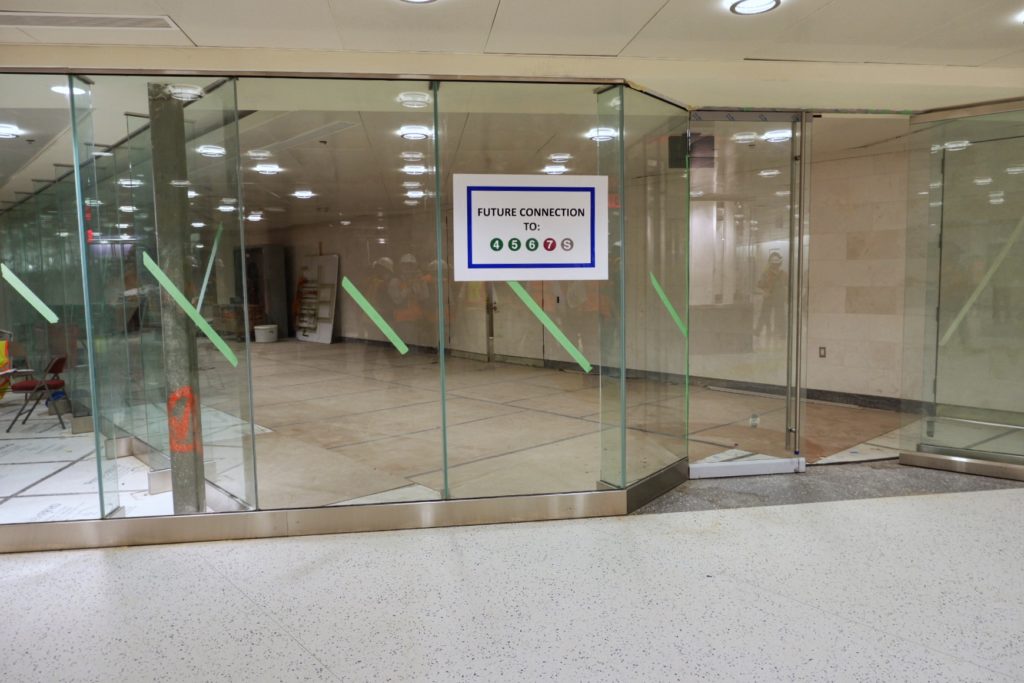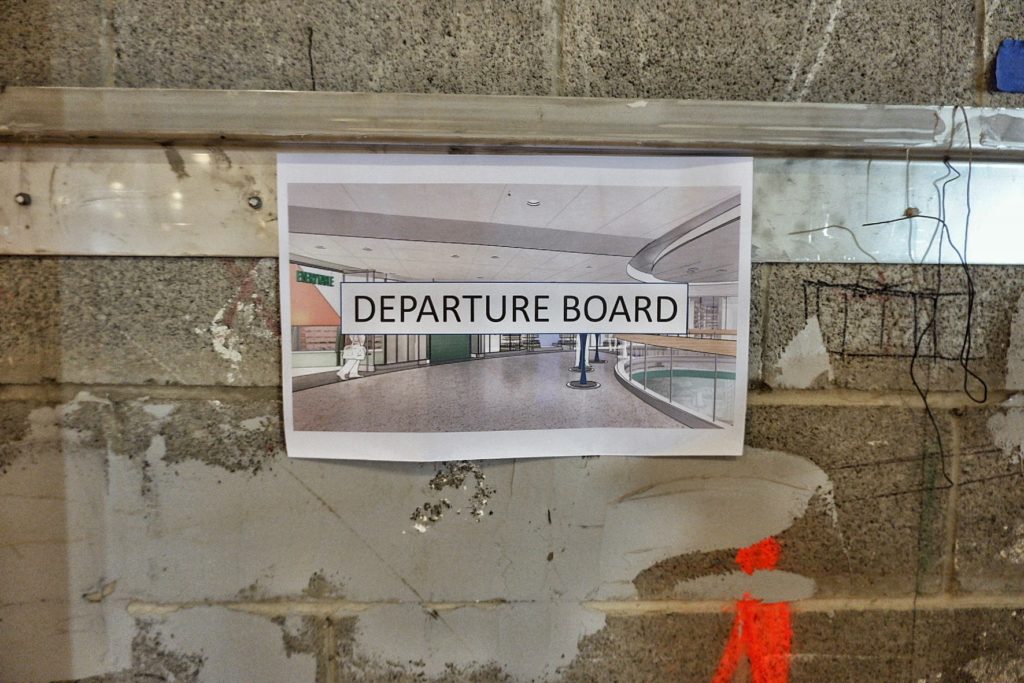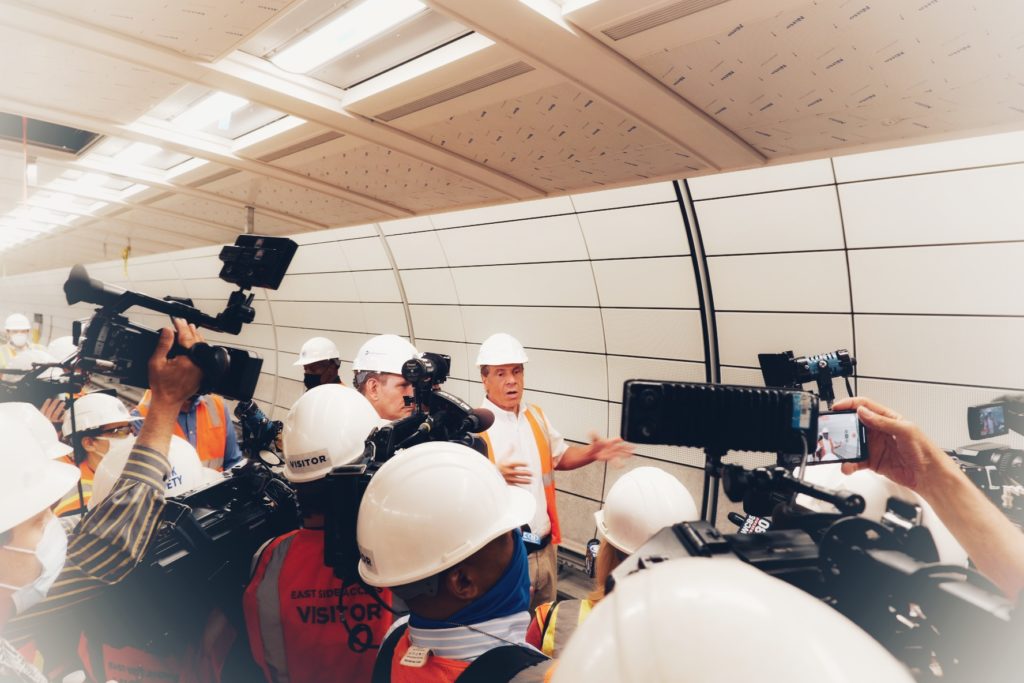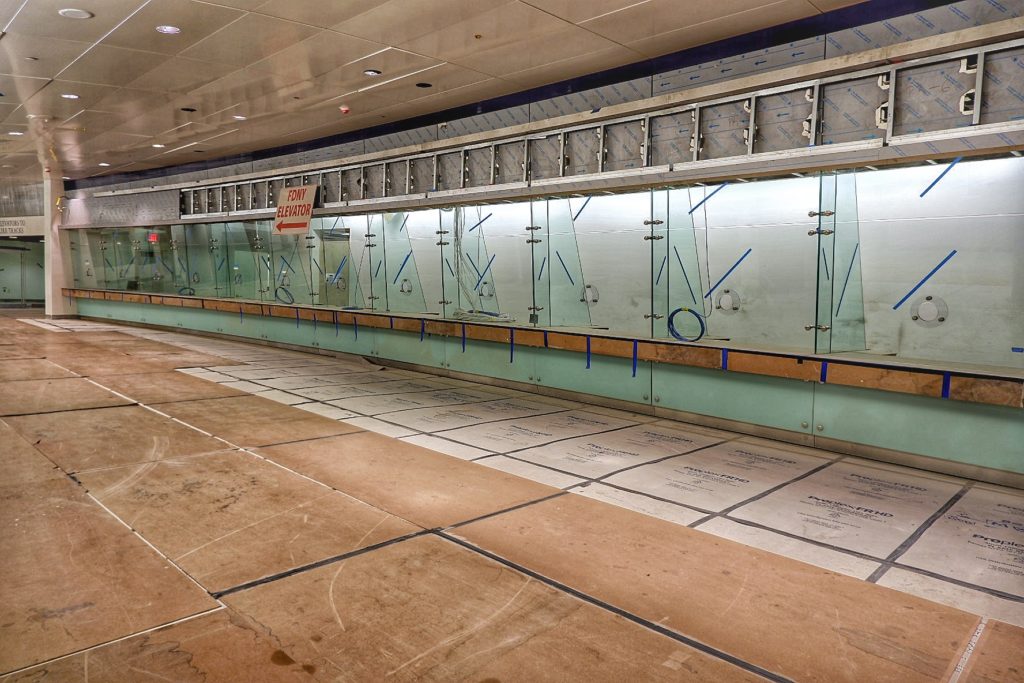For only the second time since 1978, New York faces a state-wide election without a Cuomo running for office. It’s an opportunity for the state to move past the tedium of the Andrew Cuomo years and the imperial governance of one man who would broker no dissent and often failed to encourage or allow hand-picked experts who may have known better to lead. While the current race between Kathy Hochul and Lee Zeldin may not represent the best the Empire State can offer, when it comes to transit, there is only choice in this race, and that choice is Kathy Hochul.
Hochul is an unlikely transit-focused candidate. She’s a Buffalo native, chosen to be Cuomo’s Lieutenant Governor as a sop to upstate voters, and she found herself thrust into the position when Cuomo resigned in 2021. On the transit front, she had to untangle an unstable mess left to her by her predecessor, and she’s succeeded in ways that make me believe she’ll be a stabilizing force for transit in the NYC region and a driver of growth as well.
As governor, Hochul has done what Cuomo failed to do: First, she brought stability to the upper echelons of MTA leadership. While Cuomo presided over a revolving door of agency CEOs and presidents, Hochul chose Janno Lieber, a dedicated, smart and competent official to lead the MTA without her interference. She has given him her support to lead the agency, make decisions regarding transit personnel and growth, and empowered him to change the conversation regarding transit funding, treating the system as a public service rather than a political piñata constantly facing budget cuts and fare hikes. On safety, upon the rest of Mayor Eric Adams, Hochul helped deploy extra MTA police officers to areas where the NYPD could not staff the transit division quickly enough, and the move paid dividends with the MTA itself touting recent declines in crime. In the past, New York Governors were loathe to work with city officials and often used the MTA as a political chit, holding transit riders hostage.
Outside of the day-to-day operations of the MTA, Hochul has shown a willingness to plan carefully and listen to people who know more than she does. She ditched Cuomo’s useless Backwards AirTrain, and instead of demanding experts bend to her whims, in championing the Interborough Express, she listened to planners who have meticulously crafted a case for a circumferential subway line, a true game-changer for disconnected parts of Brooklyn and Queens. On congestion pricing – a program that will unclog Manhattan streets while generating the revenue needed to launch the MTA’s $50 billion capital plan – she has taken political heat while continuing to support the traffic fee. Thanks to stonewalling at the federal level, congestion pricing may not be moving as fast as many New Yorkers had hoped, but Hochul has stood firm in the face of political calls to cut the fee.
Opposing Hochul is Lee Zeldin, a Long Island State Senator-turned-Congressional representative, who has no transit plan and has a documented history of hostility toward transit. While in the State Senate, he opposed the Payroll Mobility Tax, a measure that staved off the MTA’s fiscal collapse in 2010, and as a candidate, he has offered no vision for transit. He has spoken about stopping congestion pricing and claims, without basis in fact, that more fare enforcement can generate enough revenue for the MTA to plug all of its budget holes. Anyone with a passing familiarity with the issue can explain why fare enforcement alone, which itself costs significant money, cannot solve the MTA’s financial woes, and with the MTA facing a multi-billion-dollar fiscal cliff over the next few years, a governor with no plan to support transit is a governor inviting a crushing crisis for New York State and New York City. (Jose Martinez of The City further explored how a Zeldin administration could spell doom for the MTA.)
Even on crime, the issue on which Zeldin is trying to stake his campaign, he hasn’t offered a vision for improved safety. He talks about deposing a duly elected District Attorney and declaring a “state of emergency,” which is symbolic at best. But he has not provided concrete details how he will handle the mental health crisis driving much of the crime or how he will improve the shelter system so fewer New Yorkers are sleeping in the subways (itself not a crime, but a clear driver of the way many New Yorkers perceive public order). Hochul has ushered in new homelessness response teams and the rapid deployment of cops throughout the subways over the past few weeks has shown early success. The MTA recently announced a day with over 3.7 million riders and just four major felonies throughout the system, all robberies and all resulting in arrests.
With early voting behind us, this endorsement is arriving late in the game. I have a newborn at home and have been focusing on my daughter lately. But for many, the day to vote is Tuesday, and if you are thinking about the future of transit investment, transit expansion and transit’s economic health in New York State, the only candidate worth your vote is Kathy Hochul.

